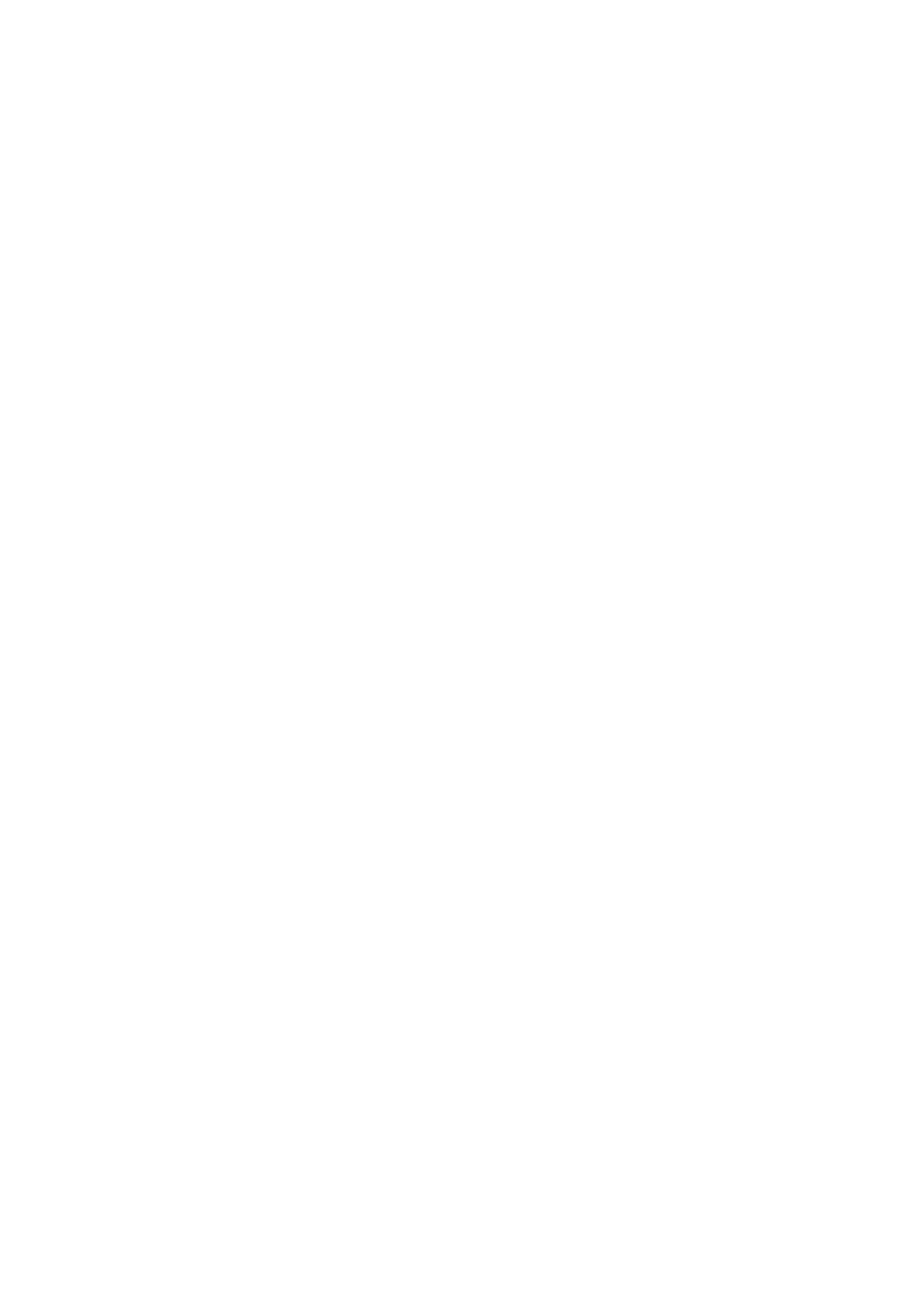Frequency synthesizer, Timecode, Abstract – Meinberg PZF511 User Manual
Page 17

17
Frequency synthesizer
The synthesizer of the PZF511 generates a frequency in the range of 1/3Hz up to
9.999MHz, which can be set in the menu SYNTH. The synthesizer-output is available
with TTL-level, as a sinewave signal or an open drain output at the VG-connector.
However, the sine wave output generates an acceptable output signal up to 100kHz,
only.
The frequency to be generated can be adjusted by giving the four digits of highest-order,
lower significant digits are set to zero. Only the fractions 1/3Hz, 0.5Hz and 2/3Hz are
allowed in the Hertz-range, so frequencies of 1/3Hz or 2/3Hz lead to a periodic fraction,
often used by ripple control systems.
Up to a value of 10kHz the synthesizer is phase-locked to the pulse per second. The
accuracy of this frequency reaches the exactness of the standard frequencies therefore.
Higher frequencies than 10kHz have a maximum error of +/- 2,35 mHz.
The behaviour of the synthesizer after power-up is selectable (see menu SYNTH. M),
Frequency generation can start either directly after reset or after synchronization.
Timecode
Abstract
The transmission of coded timing signals began to take on widespread importance in
the early 1950´s. Especially the US missile and space programs were the forces behind
the development of these time codes, which were used for the correlation of data. The
definition of time code formats was completely arbitrary and left to the individual ideas of
each design engineer. Hundreds of different time codes were formed, some of which
were standardized by the "Inter Range Instrumentation Group" (IRIG) in the early 60´s.
Except these "IRIG Time Codes", other formats like NASA36, XR3 or 2137 are still
in use. The board PZF511 however generates the IRIG-B, AFNOR NFS 87-500 code
as well as IEEE1344 code which is an IRIG-B123 code extended by information for
time zone, leap second and date.
